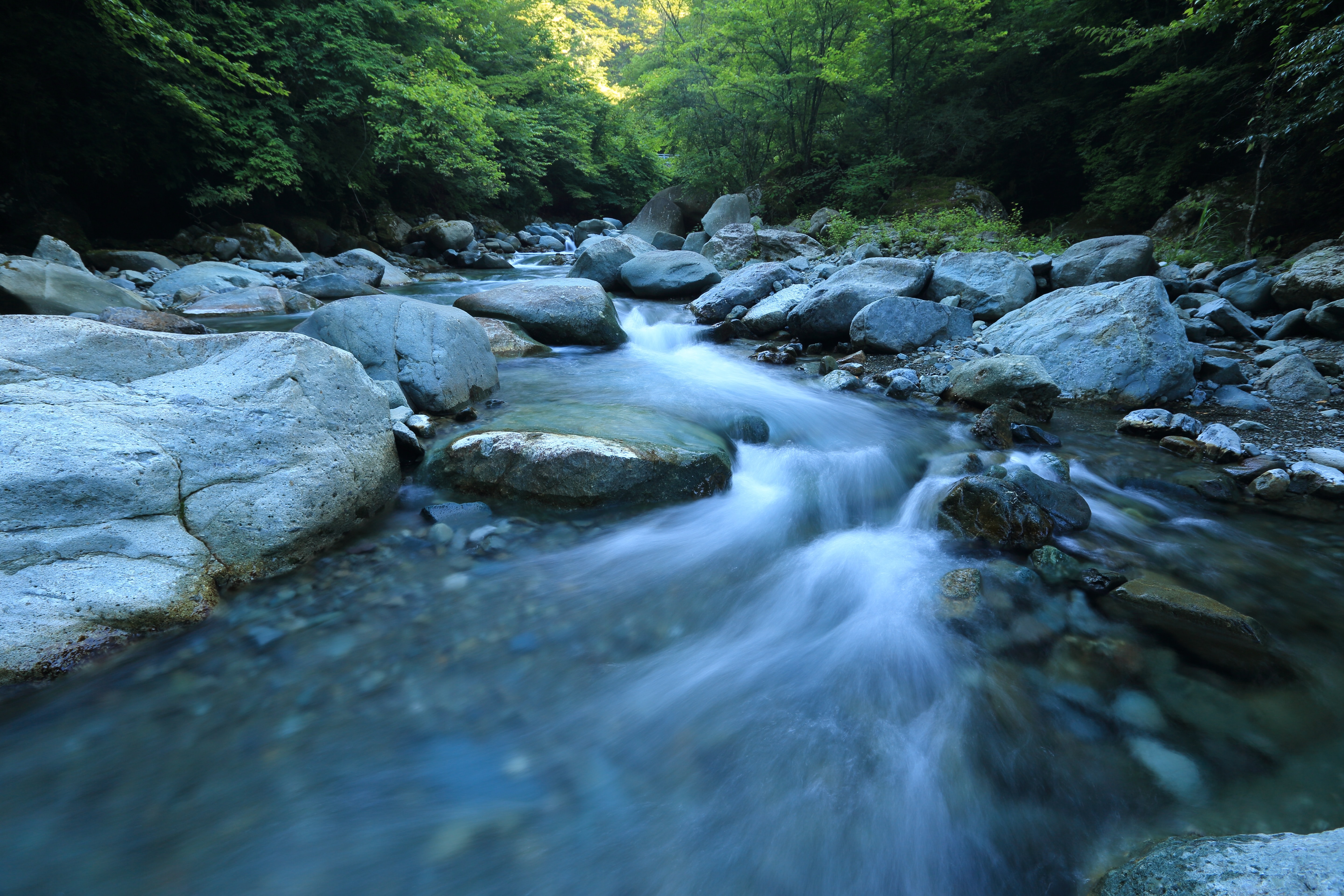The Godavari River is an important river in India, flowing from
west to south. The river's catchment area is considered to be one of the
largest in the country. The river is 1,465 kilometres long, making it
the country's second longest (after the Ganges). The river's drainage
basin spans six Indian states: Chhattisgarh, Maharashtra, Andhra
Pradesh, Madhya Pradesh, Karnataka, and Orissa.
ABOUT GODAVARIThe
source of the Godavari River is situated near Trimbak in Nashik
District of Maharashtra. After setting off, the river runs towards the
east, traversing the Deccan Plateau. In the end, the river empties into
the Bay of Bengal at Narasapuram in West Godavari district, Andhra Pradesh.
Photo by
kazuend on
Unsplash
ITINERARY OF RIVER GODAVARIThe river, which originates in the Western Ghats Mountain Range, is an important waterway in central India. Trimbakeshwar is the name of the origin, and it is located in the Nashik District or Subdivision in the state of Maharashtra, and it runs east through the Deccan terrain via the Maharashtra state. The river is also known as the Dakshin Ganga or the Southern Ganges. The river enters Andhra Pradesh near Kandhakurthi in the Nizamabad district of Andhra Pradesh, flows through the Deccan topography, and then bends to run southeasterly till it empties into the Bay of Bengal through two outlets. Basara in Adilabad District is a popular tourist destination on the riverbanks. It is home to a prominent temple dedicated to Goddess Saraswati. It is also India's second oldest temple dedicated to the deity.
Rajahmundry is the largest city on the Godavari's riverbanks. The river's breadth is greatest here (approximately 5 kilometres from Rajahmundry to the other bank at Kovvur).
The Sri Ram Sagar Dam was erected over this river between 1964 and 1969, and it meets the irrigation needs of areas in Andhra Pradesh such as Nizamabad, Adilabad, Warangal, and Karimnagar.
Dharmapuri is a prominent temple township in Andhra Pradesh, with a sacred place of devotion dedicated to Lord Sri Laxmi Narashimha Swamy. The shrine attracts religious pilgrims from all around Maharashtra and Andhra Pradesh. According to Dr. Sanganabhatla Narsaiah, a notable Telugu writer and scholar of Desi Chandas in Telugu and Principal of SLNSA College - Dharmapuri, the river was also named 'Telivaha' in this district, which was considered to have given rise to the term 'Telugu.'
Despite the fact that the river begins only 80 kilometres from the Arabian Sea, it flows 1,465 kilometres (910 miles) to the Bay of Bengal. Only above Rajahmundry is a barrage that supplies water for agricultural reasons. The river divides into two torrents beneath Rajahmundry, which stretch into a large river delta with a vast accessible irrigation canal system, Dowleswaram Barrage, which connects the area to the Krishna River delta to the southwest.
RELIGIOUS IMPORTANCE
Hindus consider the Godavari River to be sacred, and there are numerous religious sites along its banks. For a long time, the river has been treasured as a specific location of pilgrimage. A number of notable people, including Baladeva (5000 years ago) and, more recently, Chaitanya Mahaprabhu (500 years ago), have bathed in her waters to offer prayers.
Godavari is also known as Dhakshin Kashi (Rajahmundry), Dakshin, and the Southern Ganges. The Pushkaram Fair is held along the riverbanks. Countless individuals take a ceremonial bath in the river's holy waters to wash away their sins.
According to legend, the legendary mentor Gautama and his wife Ahalya resided on the Brahmagiri Hills in Trayambakeshwar. The rice was stored in a granary by the sage. Once upon a time, a cow entered the granary and ate the rice. The cow died after the sage tried to chase it out with Durbha grass. The sage intended to absolve himself of "Gohatya's" sin. He prayed to Lord Shiva and begged him to bring the Ganges to wash his dwelling. Lord Shiva was pleased with the sage and manifested himself as Triambaka, bringing the Ganges River with him. The Ganges River was named Gautami after Sage Gautama, who brought it down to Triambakeshwar.
ENVIRONMENTAL IMPORTANCE
The Godavari River delta is home to the Coringa mangrove forests, which are India's second largest mangrove development. A portion of this area has been designated as the Coringa Wildlife Sanctuary, which is well-known for its reptiles. A wide variety of crabs and fish can also be found in the refuge. These forests also act as barriers to windstorms, cyclones, surges, and waves, protecting the settlements nearby.
The Krishna Godavari watershed area is a major breeding site for the endangered Olive Ridley Turtle. Following the Ganges, the Godavari is India's second largest river.

 Create and manage your profile
Create and manage your profile Refer an author and get bonus Learn more
Refer an author and get bonus Learn more Publish any lost and found belongings
Publish any lost and found belongings Connect with the authors & add your review comments
Connect with the authors & add your review comments Join us for Free to advertise for your business or
Contact-us for more details
Join us for Free to advertise for your business or
Contact-us for more details
 Join us for Free to publish your own blogs, articles or tutorials and get your
Benefits
Join us for Free to publish your own blogs, articles or tutorials and get your
Benefits


 1 like
1 like


